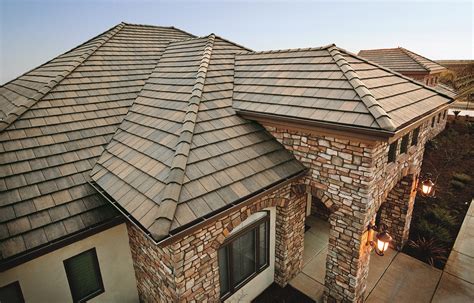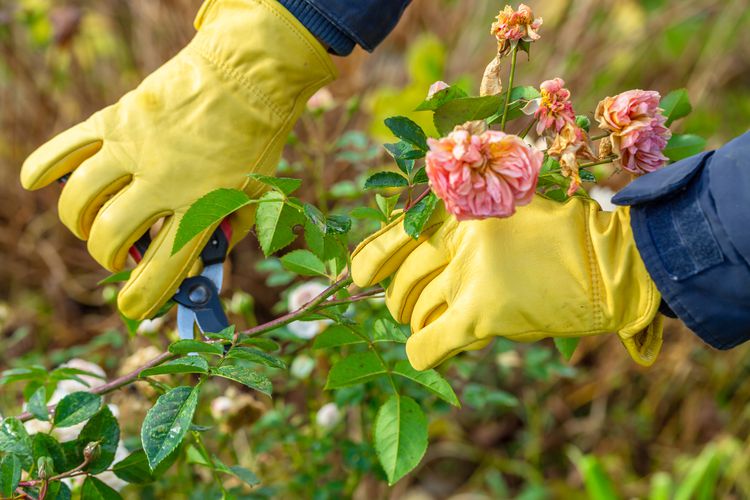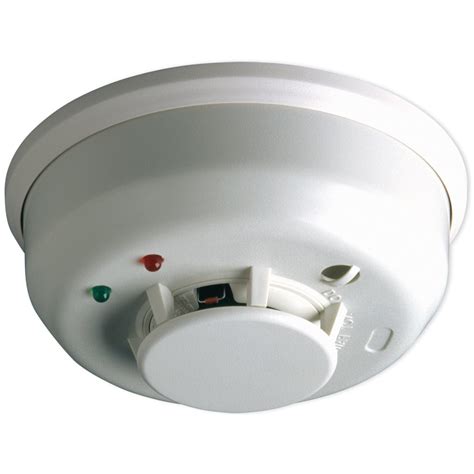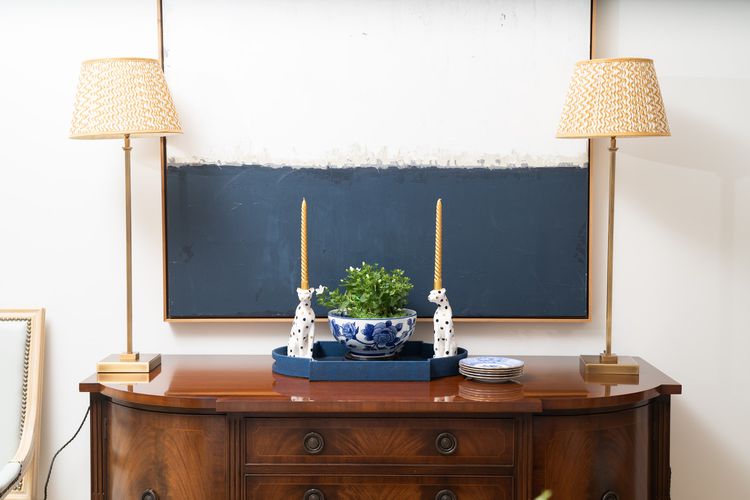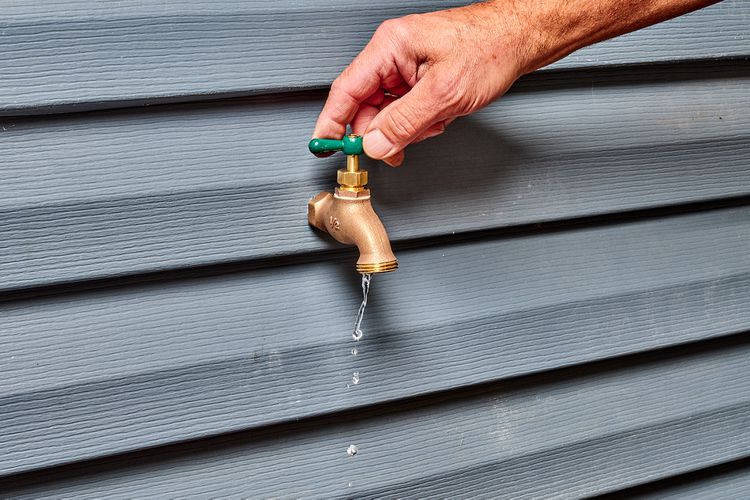
Discovering unsightly patches of growth in your home can be alarming. Are they mold or mildew? Knowing the difference is crucial for proper identification and effective treatment. In this comprehensive guide, we will explore the characteristics of mold and mildew, how they form, health concerns associated with them, prevention methods, and steps to treat them. By the end, you’ll be equipped with the knowledge to identify and address mold and mildew issues in your home.
What Are Mold and Mildew?
Mold and mildew are types of fungi that thrive in damp, warm, and humid environments. They reproduce through spores and can be found both indoors and outdoors. While they share similarities, there are distinct differences between mold and mildew.
Differences Between Mold and Mildew
Although mold and mildew are both types of fungi, they have some key differences:
- Appearance: Mold typically appears as fuzzy or slimy patches with various colors, including black, green, or gray. Mildew, on the other hand, appears as powdery or downy growth in shades of white or gray.
- Texture: Mold has a textured appearance due to its three-dimensional growth. Mildew has a flat or powdery texture.
- Growth Surface: Mold tends to grow below the surface and can penetrate porous materials such as wood or drywall. Mildew typically grows on the surface of damp materials.
- Severity and Damage: Mold growth can be more extensive and can cause structural damage if left untreated. Mildew growth is generally less severe and mainly affects the appearance of surfaces.
Mold vs. Mildew: a Visual Guide
Visual cues can help differentiate between mold and mildew. Refer to the following guide for a better understanding:
How Mold and Mildew Form
Mold and mildew require specific conditions to form and thrive. Understanding how they develop can help you identify and address the underlying issues in your home:
- Moisture: Mold and mildew need moisture to grow. Leaks, high humidity, condensation, or water damage provide the ideal environment for their formation.
- Poor Ventilation: Insufficient airflow and ventilation can trap moisture indoors, promoting mold and mildew growth.
- Organic Material: Mold and mildew feed on organic materials such as wood, fabric, paper, or food particles, making them more likely to develop in areas with these materials.
Issues That Cause Mold and Mildew
Several common issues can contribute to mold and mildew growth in your home:
- Water Leaks: Leaky pipes, roofs, or windows can create a damp environment, leading to mold and mildew formation.
- Poor Ventilation: Inadequate airflow, especially in areas like bathrooms, kitchens, or basements, can contribute to moisture buildup and mold growth.
- High Humidity: Living in a humid climate or failing to control indoor humidity levels can create an environment
conducive to mold and mildew growth.
- Water Damage: Previous water damage, such as flooding or leaks, can leave residual moisture that promotes mold and mildew development.
Mold and Mildew Health Concerns
Exposure to mold and mildew can have adverse health effects, especially for individuals with respiratory conditions or weakened immune systems. Common symptoms include:
- Coughing
- Sneezing
- Wheezing
- Runny or congested nose
- Itchy or watery eyes
- Skin irritation or rashes
If you experience persistent or severe symptoms, consult a medical professional.
How to Prevent Mold and Mildew
Prevention is key when it comes to mold and mildew. By taking proactive measures, you can minimize their growth and protect your home and health:
- Maintain Proper Ventilation: Ensure adequate airflow and ventilation in high-moisture areas, such as bathrooms, kitchens, and basements. Use exhaust fans or open windows to improve air circulation.
- Control Humidity: Use dehumidifiers to maintain optimal humidity levels (around 30-50%) indoors. Repair any water leaks promptly and address condensation issues.
- Keep Surfaces Dry: Wipe down surfaces prone to moisture regularly, such as countertops, windowsills, and shower walls. Dry wet items promptly, including clothes, towels, or carpets.
- Ensure Proper Insulation: Insulate your home to prevent condensation and moisture buildup on walls, windows, and ceilings.
- Address Water Intrusion: Repair any water leaks, roof damage, or plumbing issues immediately to prevent water accumulation and subsequent mold or mildew growth.
- Monitor Indoor Plants: Overwatering indoor plants can increase humidity levels. Be mindful of the moisture requirements of your plants and use appropriate drainage techniques.
How to Treat Mold and Mildew
If you discover mold or mildew in your home, it’s essential to address it promptly to prevent further spread and potential health issues. Follow these steps for effective treatment:
Step 1: Remove or Dispose of Unwanted Material
If the affected material, such as moldy drywall or mildewed fabric, is severely damaged or cannot be cleaned, consider removing and replacing it. Proper disposal is crucial to prevent spores from spreading.
Step 2: Mist With Clean Water
Before cleaning, lightly mist the affected area with clean water to reduce the dispersal of spores during the cleaning process.
Step 3: Mist With Soapy Water or Vinegar Solution
Prepare a solution of mild soap or vinegar and water. Apply it to the affected area using a sponge, brush, or spray bottle. Gently scrub the surface to remove mold or mildew stains.
Step 4: Rub off Mold or Mildew With a Sponge
Use a sponge or cloth to scrub off the mold or mildew. Rinse the sponge or cloth frequently and continue until the area is clean.
Step
5: Let the Area Dry
Allow the treated area to dry completely. Proper ventilation and airflow will aid in the drying process and discourage further mold or mildew growth.
FAQs (Frequently Asked Questions)
1. Can mold and mildew grow in dry environments?
Mold and mildew thrive in moist environments. While they require sufficient moisture to grow, they can become dormant in dry conditions. However, if moisture is reintroduced, they can reactivate and resume growth.
2. Can I rely on home remedies to remove mold and mildew?
Home remedies can be effective for minor cases of mold and mildew. However, for extensive or persistent growth, it is recommended to consult professional mold remediation services to ensure proper eradication and prevention.
3. How can I prevent mold and mildew in my bathroom?
To prevent mold and mildew in your bathroom:
- Use exhaust fans or open windows during and after showering to reduce humidity.
- Regularly clean and dry shower walls, tubs, and sinks.
- Repair any leaks promptly.
- Use mold-resistant materials in bathroom renovations, such as mold-resistant drywall or tiles.
Conclusion
Understanding the differences between mold and mildew, their formation, and the associated health concerns is crucial for every homeowner. By implementing preventative measures and promptly addressing any growth, you can maintain a healthy and mold-free living environment. Remember to consult professionals for extensive mold or mildew issues to ensure proper remediation and the long-term well-being of your home.

